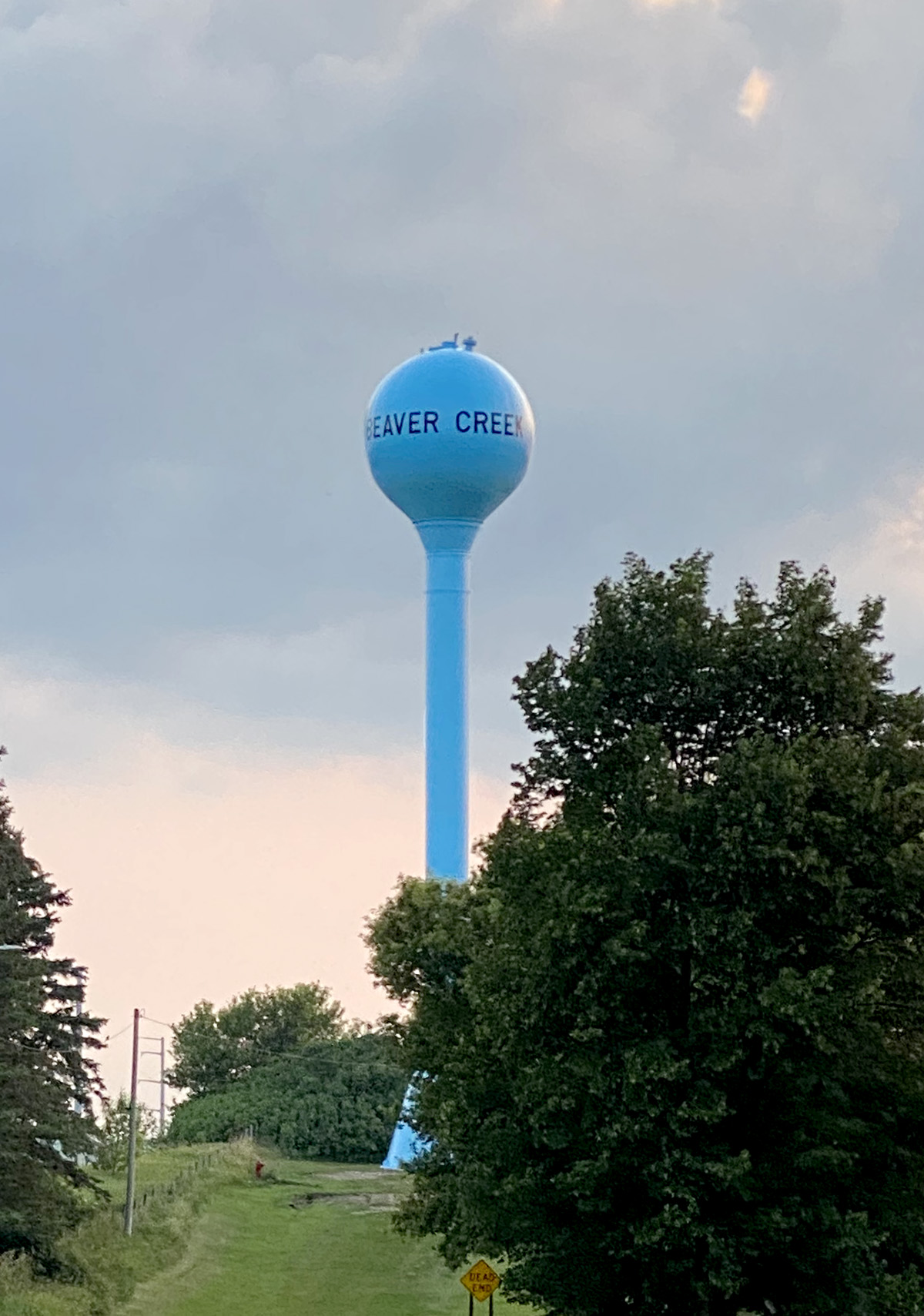
The city of Beaver Creek learned this summer that manganese levels in its city drinking water are five times the level determined safe for infants by the Minnesota Department of Health.
Recent MDH tests show manganese in Beaver Creek’s water at 500 micrograms per liter.
For households with infants who drink untreated tap water, up to 100 micrograms of manganese per liter of water is considered safe.
If everyone in the household is more than one year old, a safe level of manganese in the water is 300 micrograms per liter.
At their July 14 meeting, Beaver Creek council members considered the information.
According to city maintenance director Travis Helgeson, there isn’t a change in the manganese level in city water; it’s just that the Health Department now tests for the mineral in its regular inspections.
It’s unclear how long the mineral has been elevated, but Helgeson said the city’s water is basically the same today as it’s been for years.
Health Department officials haven’t directed the city to change course on its water treatment, but they recommend residents be notified of the findings.
At their July 14 meeting, council members directed city clerk Jane Blank to include a letter in the next utility bill with information about the manganese level in the city’s drinking water.
“As a council we need to consider everyone’s health,” said council member Pat Bender. “In all fairness, we need to notify everybody.”
Manganese occurs naturally in groundwater across Minnesota.
Based on a recent MDH study, groundwater in southeastern Minnesota tends to have low levels of manganese (below 50 micrograms per liter).
Southwestern Minnesota tends to have higher levels — some over 1,000 micrograms per liter. Beaver Creek’s is at 500 — which the health department considers to be unsafe for infants and questionable for adults.
Although public water systems are not required to test for manganese, MDH estimates about 90 percent of community public drinking water systems have levels of manganese below 100 micrograms per liter.
About 3 percent of Minnesota’s community public water systems have levels above 300, so Beaver Creek’s water at 500 has more manganese than most Minnesota cities.
Water softeners, filters reduce manganese
An important consideration is that water softeners and many household water treatment units reduce manganese to safe levels, and the city letter to Beaver Creek residents will include that tip.
Helgeson told that council that he requested the MDH test homes in Beaver Creek with softened water, and the result was that manganese levels in the treated water were drastically reduced.
Drinking water with high levels of manganese can be harmful for human health, but taking a bath or a shower in it is not.
Manganese in water can stain laundry, cause scaling on plumbing and make drinking water look, smell or taste bad.
Helgeson told council members that when Beaver Creek used Rock County Rural Water for two weeks, the new splash pad had noticeably less staining on the deck.
The city has since started softening the water used at the splash pad.
Buying rural water is an option, as is treating the drinking water, and the city may consider cost options for each.
For now, though, the only immediate action will be to inform city residents of the manganese levels in the drinking water and encourage water softeners and home water treatment options.


